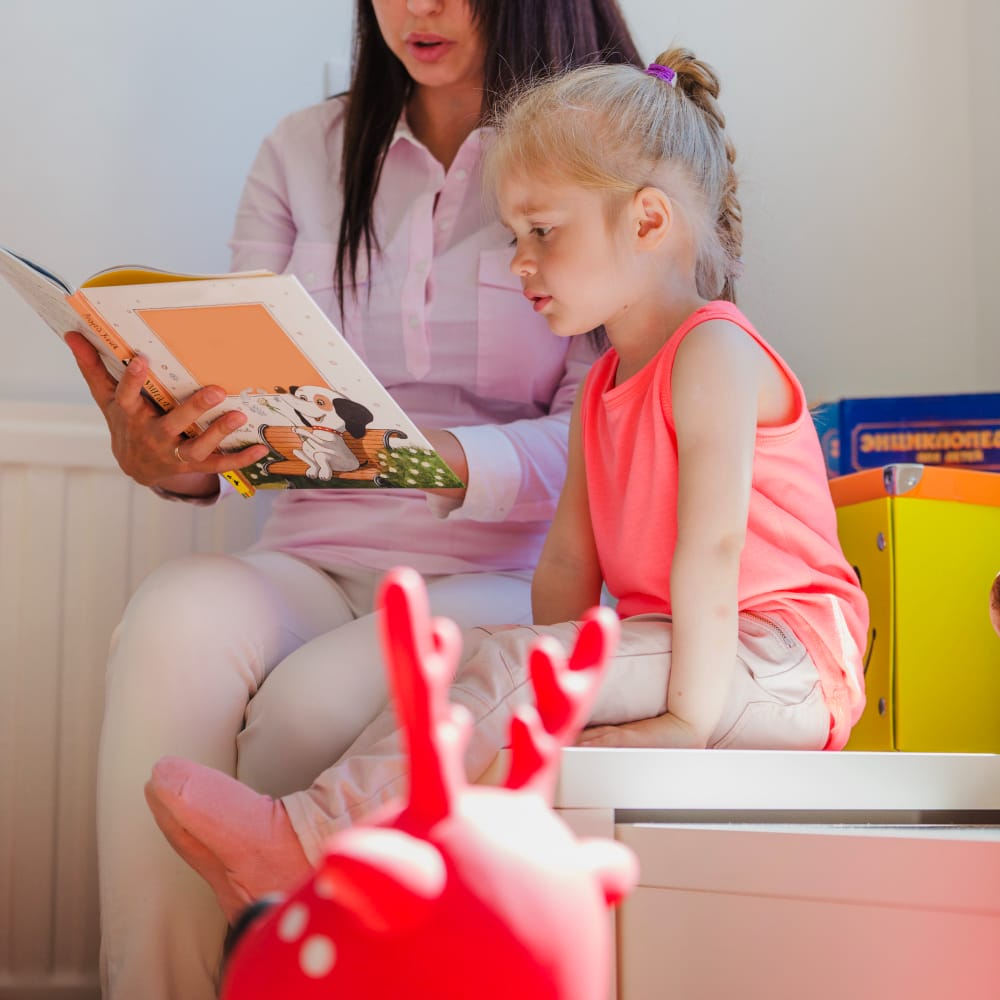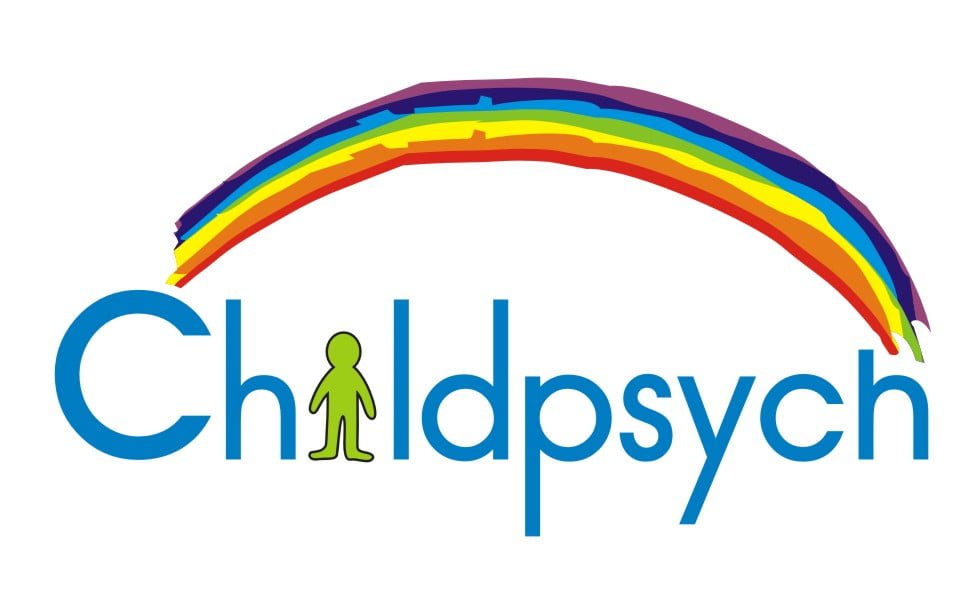Kids learning to read …
Learning to decode arbitrary symbols into spoken language … learning to gather information from authors who are not physically present and in some cases, might not even be alive anymore … It truly is a miracle!
Reading is definitely no small feat and all Grade 1 teachers undoubtedly deserve heaps of praise, but learning to read starts long before Grade 1. Al quick look at the going’s on in a pre-school classroom might look like anything but an early literacy lesson, but what you are seeing there between the chaos of little bodies and coloured toys strewn over the floor is in fact kids learning to read.
The games they play at this age start forming connections in the brain to ease the transition to formal instruction in reading. Here are some ways to enhance your child’s pre-literacy skills:
- Play games like I spy. This is a wonderful way to introduce your little one to phonics. Remember to use the initial sound rather than the initial letter though. In other words, say something like “I spy something beginning with a Ah/Buh/Kuh/Duh” and not “Ay/Bee/See/Dee”.
- Play the clapping game. Choose a word, starting with short, simple little words and then slowly progressing onto longer words, and break the word up into syllables rhythmically clapping at the end of each syllable. For instance “but (clap) ter (clap) fly” or “hip (clap) po (clap) po (clap) ta (clap) mus (clap)”. Being able to break words up into syllables aids children greatly when spelling as it helps to reveal double consonants and allows the child to focus on smaller sections of a long word at a time.
- Develop your child’s auditory discrimination skills. Tell him that you are going to be playing a game in which you are going to try and trick him. You are going to say pairs of different words that sound the same (such as bag – bad; run – fun; tub – tug) but every now and again to trick him you are going to say the same word twice (e.g. buck – buck, pin – pin) his role is to tell you when the words are the “same” and when they are “different”.
- Focus on spatial orientation by getting your child to place one object under / above / next to / behind / in front of another. This will help him with his letter recognition in that he will be able to remember that, for instance, that the letter i has a dot above it; the letter a has a line next to a circle, the letter g has a tail that curls in below a circle, etc.
- Enhance your child’s sequencing skills by asking him to copy the way you have thread different coloured beads onto a string or to copy a pattern with pegs onto a peg board from a stimulus card. Later this will help him to remember simple reading & spelling rules such as: in the word cat the letter c comes first, then the letter a, then the letter t.
- Pick a word and see how many words your child can think of that rhyme with it. This will help him identify words that start or end with the same sound.
- Kids learn to recognise certain letters through their association with common symbols. It is often no surprise that children can easily identify the letters M and P through their association with the MacDonalds and Pick&Pay signs they spot on an almost daily basis. This is called incidental learning. Type out words for common objects (such as wall, door, ball, mat, bat, pen, etc) in a big, grade 1 font and stick the words on the related items. There is a chance that your child will find these words more easy to recognise when his formal instruction in reading begins.
- Remember to point out shapes to your child. Children are often taught letter recognition by being told that a capital A looks like a triangle with a line through it, the letter e is a half-circle with tail curving below it, the letter b begins with a line and then has a circle attached.



